FEAR OF ICE-COATED ROAD SURFACES
— A ‘MODEL CITY’ FOR OVERREACTING
TO FORECASTS OF WINTER STORMS —
USED TO BE LOCAL AREA MONOPOLY
Snowphobia grips Charm City,
spreads north to New England
WE’RE NO LONGER UNIQUE
AS ‘CITY OF SNOW WIMPS’
A one-inch ‘Storm of Significance’
By David Maril
Baltimoreans used to stand alone when it came to being wimps about snow forecasts.
I lived in New England for awhile and when I first moved up there from Baltimore I was impressed with the indifference Boston people displayed toward heavy and powerful snowstorms.
A foot of snow and drifts all over the place did not seem to matter.
When I was at college in Worcester, it seemed unusual, from January into March, when bare pavement was noticeable on road surfaces.
It made me feel more confident about driving to work on ice and snow. But just when I thought I had graduated to a tougher, all-weather driving skill-level, the old fears of snow intimidation would return whenever I was visiting Baltimore and it was snowing.
While I at one time drove through all kinds of horrendous weather in New England without any second thoughts, I have returned to the mode of caution and reluctance to hit the roads now that I am back in Baltimore.
You can’t avoid it in the Land of Pleasant Living. Fear of snow-coated road-surfaces is how we are raised, and it’s in the Maryland air.
It’s impossible not to participate in this ineptitude when you are in a procession of drivers hitting the brakes too hard, gripping the wheel too tightly, and skidding.
It’s like being on a boat with a few people getting seasick and pretty soon just about everyone is turning green and expelling their most recent meal.
New Englanders, however, used to be tough when it came to snow. But lately, all that has changed. It is as if Baltimore has become the model city on how to overreact even to slight dustings.
Yet each year, New England becomes more wimpish about snowy weather.
What happened?
Now, every time there’s even a slight chance of a snowstorm three or four days away, New England supermarkets, as they were in Baltimore this past week, are swamped by frantic shoppers, as event cancellations start pouring in.
New Englanders used to laugh at the reaction to snow in other places.
Baltimore schools had established and owned the standard for closing at merely the mention of any kind of freezing precipita- tion in a weather forecast.
As a kid, I remember numerous times hearing about the Baltimore-Washington Area “being paralyzed” by a storm that “dumped 3-4 inches” of the white stuff in the metropolitan area.
Meteorologists here built careers out of making a dusting of snow sound more dangerous than even an earthquake.
Drivers, raised in this type of environment, became so tense at the mere sight of snow, they’d skid into trouble upon viewing the first snowflake.
And it still holds true today.
While there is legitimate reason for everything closing down for a mammoth storm like we have had this weekend, you have to shake your head about what transpired a few days earlier.
When a coating of unexpected snow arrived in the middle of the week, Baltimore commuters, returning from Washington, were spinning out of control on their way home from work.
Some abandoned their cars on the Baltimore-Washington Parkway. There were tales of people taking six hours to get home.
Baltimore, however, no longer needs to stand alone in this fear of snow: This phobia has now spread into New England.
It never used to be this way.
New Englanders had always accepted snow as an insignificant factor that comes with winter. If the Weather Channel had existed a few decades ago, its ratings in the Boston area would have been microscopic.
Boston people were not obsessed with analyzing every word uttered by meteorologists. Computer tracking systems for storm patterns were unnecessary.
Weathermen existed primarily to provide a change of pace from the nightly news, mixing in some area temperatures while bantering with the personalities on the anchor desk.
Before the days of SUVs and pricey all-wheel-drive cars, New Englanders would simply go out when it snowed, shovel the wheels clear, clean off the windshield… and hit the road.
This was before highway department crews were expected to flood roads with salt, chemicals and sand whenever a few flakes began sticking.
This was before it was a common sight to see plows pushing their blades hard enough on street surfaces for the friction to cause sparks.
This all changed in 1978.
Psychologically, Bostonians still have not recovered from the infamous and devastating “Blizzard of ‘78” that whacked New England.
People who experienced that storm have not forgotten how it surprised and paralyzed the region. Despite predictions of moderate accumulation, the storm intensified and lingered for days, dumping several feet of snow.
Thousands of commuters had to abandon their cars on highways. Many of the fans attending the Beanpot hockey tournament ended up spending the night in Boston Garden.
For a week after the snow finally stopped, people were still trying to dig out their cars, buried out of sight under snow drifts. Many towns and cities issued curfews keeping people off the roads, to give plowing crews access so they could clear the mounds of snow.
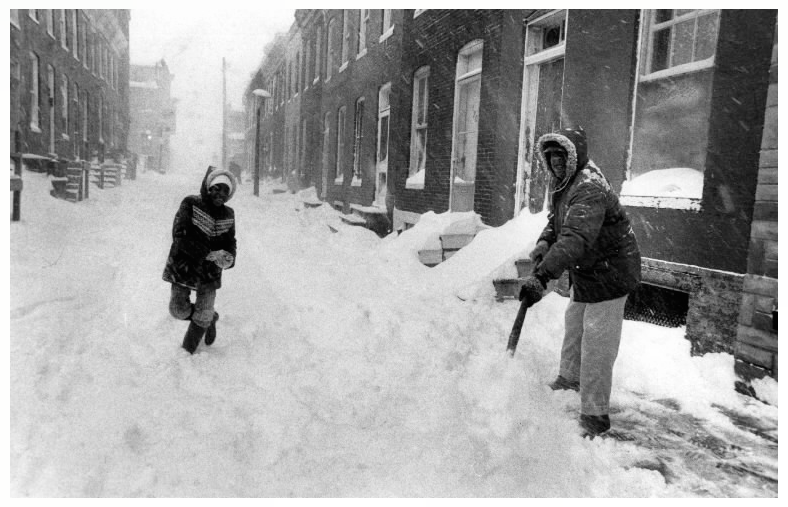
Shoveling out in inner city Baltimore. In just a day and a half, this week’s record- setting blizzard dumped more than two feet of the white stuff onto Charm City.
Although families that hadn’t done any pre-storm shopping were running low on milk and bread, most stores remained closed.
With people confined to their homes, boredom, impatience and a feeling of helplessness — the classic symptoms of cabin fever — set in.
The Boston meteorologists on television and radio were suddenly thrown into the spotlight and absorbed criticism, almost as heavy as the snow, for underestimating the storm.
The impact of that 1978 blizzard still lingers.
Learning how unforgiving the public is when a storm hits by surprise, New England meteorologists adopted the Baltimore approach of covering their tracks by predicting the worst. They use terms like, “This could be a storm of significance,” for anything over an inch.
The New England television stations now fatten their newscast ratings by playing off the fears of another 1978-type storm, promoting weather updates and having public officials urge people to buy flashlights and batteries.
Like Baltimore, as soon as snow is mentioned in the forecast, people rush to the stores and stock up in case they are again stranded at home for a week.
Then after most of these predictions prove to be greatly exaggerated, New Englanders regain their toughness and complain that the weathermen always make a big deal out of nothing.
The confidence lasts until the next prediction of snow.
Every year, this Baltimore-like fear of upcoming snow storms gets worse. New Englanders can’t wait to spend money, draining their finances on SUVs, snow-blowers and backup generators.
As concern builds over what challenges their biggest snow month, February, will bring, friends I have in New England are still whimpering about all the snow they had last year.
Who would have ever figured New England would copy Baltimore?
In fact — and I never thought I would ever think this — Baltimore dealt with this Blizzard of 2016 better, or at least as well, as New England would have handled it.
davidmaril@voiceofbaltimore.org
“Inside Pitch” is a weekly opinion column written for Voice of Baltimore by David Maril.
CHECK OUT LAST WEEK’S “INSIDE PITCH” COLUMN: click here
…and read archived Dave Maril columns by clicking here.
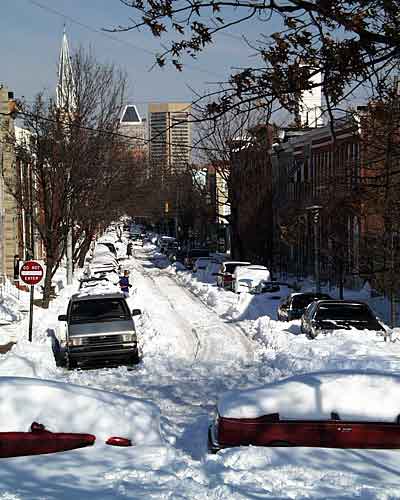
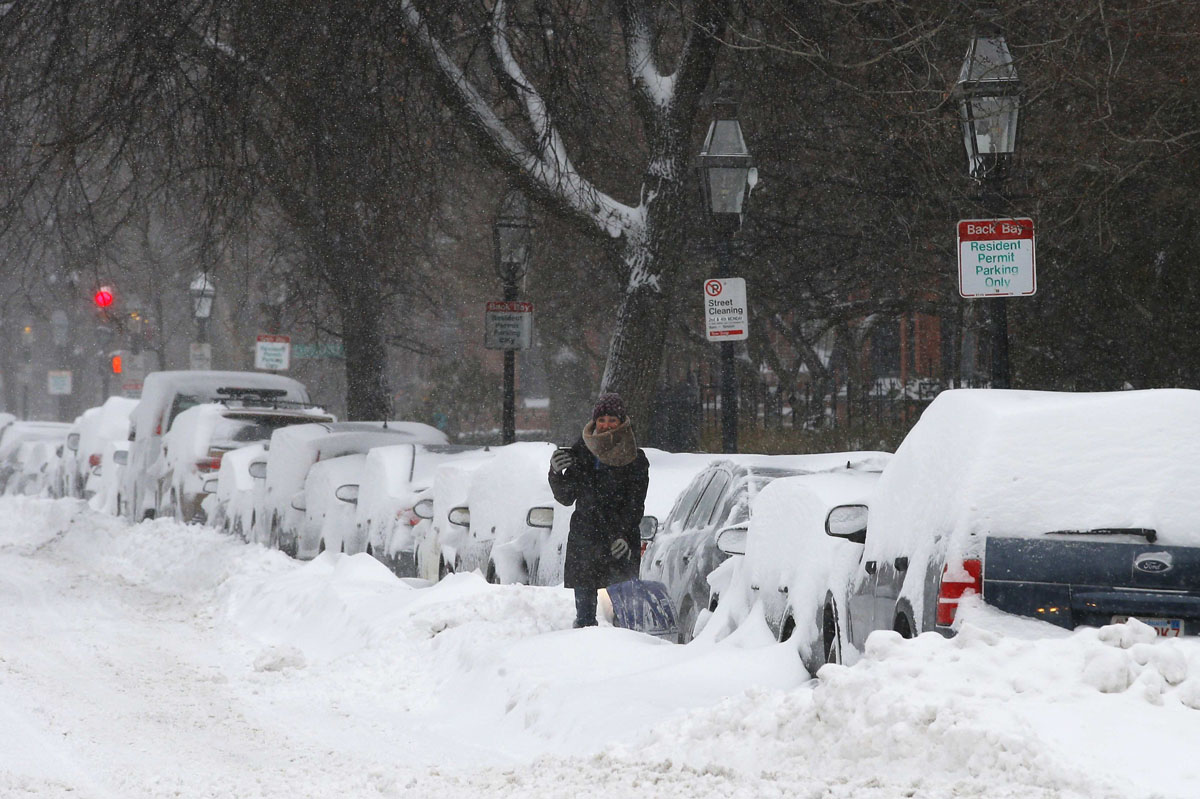
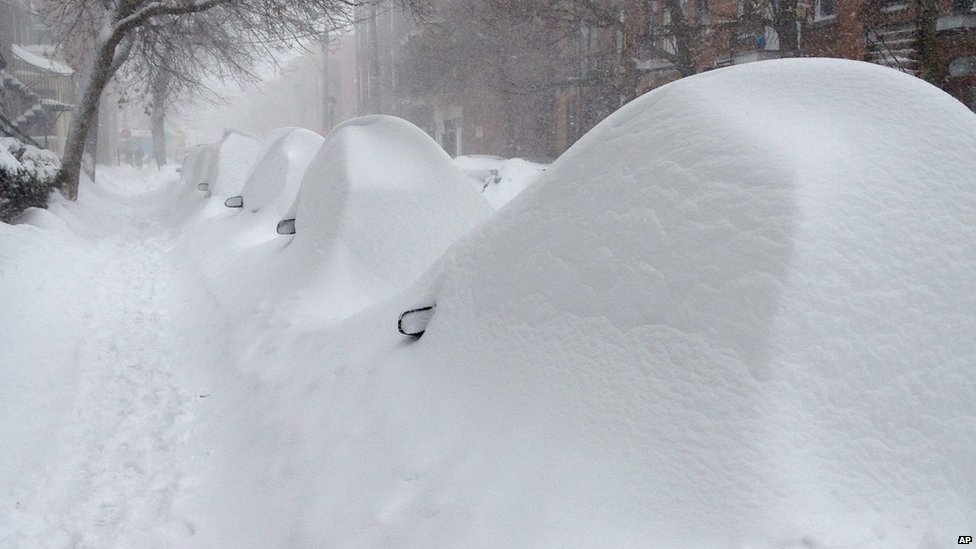




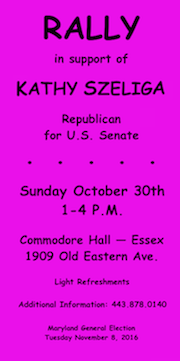

January 25th, 2016 - 8:42 AM
Well put. As a native New Englander who moved to Richmond, VA in 1991, I can attest to the fact that central Virginia’s hysteria over all manner of “snowmageddons” instills epic anxiety amongst the populous.
I haven’t returned to New England for a snow season since then. Your perspective was enlightening.
“Little darling, it’s been a long cold lonely winter.
Little darling, it feels like years since it’s been here.
Here comes the sun, here comes the sun and I say it’s all right”
– The Beatles